help save my floor!
sqsemi
9 years ago
Related Stories
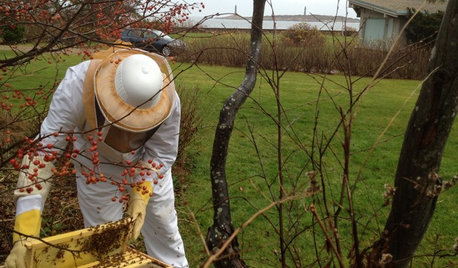
LIFEYou Said It: ‘You Can Help Save the Bees’ and More Houzz Quotables
Design advice, inspiration and observations that struck a chord this week
Full Story
GARDENING GUIDES8 Unthirsty Plants Help You Save Water in Style
Spend less effort and money on your landscape with drought-tolerant and native plants that liven up your yard
Full Story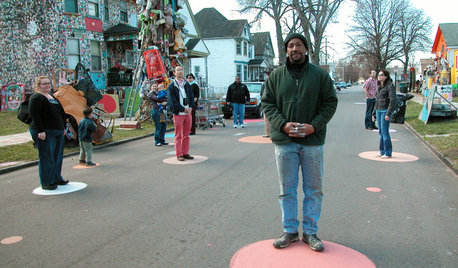
FUN HOUZZDecorated Houses Help Save a Detroit Neighborhood
Art's a start for an inner-city community working to stave off urban blight and kindle a renaissance
Full Story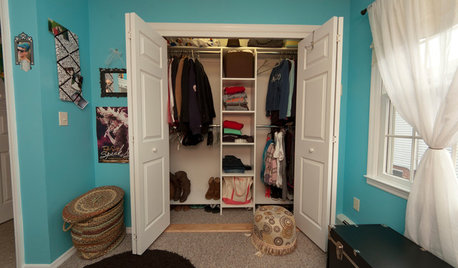
ORGANIZING7 Habits to Help a Tidy Closet Stay That Way
Cut the closet clutter for a lifetime — and save money too — by learning how to bring home only clothes you love and need
Full Story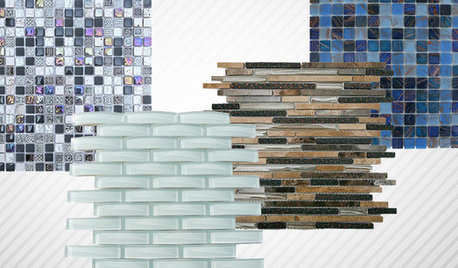
SHOP HOUZZShop Houzz: Save up to 50% on Wall and Floor Tiles
Enjoy deep discounts on beautiful glass, ceramic and foam tiles
Full Story0

SHOP HOUZZShop Houzz: Save on Statement Floor and Table Lamps
Fashion-forward lighting in a range of styles at up to 60% off
Full Story0
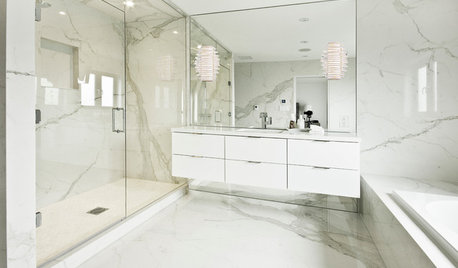
DECORATING GUIDESLook-Alikes That Save Money Without Skimping on Style
Whether in woodwork, flooring, wall treatments or tile, you can get a luxe effect while spending less
Full Story
SAVING WATER11 Ways to Save Water at Home
Whether you live in a drought-stricken area or just want to help preserve a precious resource, here are things you can do to use less water
Full Story
SMALL KITCHENSKitchen of the Week: Space-Saving Tricks Open Up a New York Galley
A raised ceiling, smaller appliances and white paint help bring airiness to a once-cramped Manhattan space
Full Story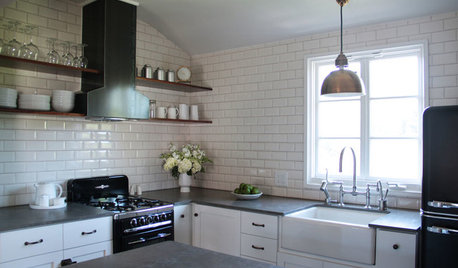
KITCHEN DESIGN10 Big Space-Saving Ideas for Small Kitchens
Feeling burned over a small cooking space? These features and strategies can help prevent kitchen meltdowns
Full Story










lazy_gardens
lazy_gardens
Related Professionals
Agoura Hills Kitchen & Bathroom Designers · Carlisle Kitchen & Bathroom Designers · El Dorado Hills Kitchen & Bathroom Designers · Manchester Kitchen & Bathroom Designers · Philadelphia Kitchen & Bathroom Designers · Sun City Kitchen & Bathroom Designers · Biloxi Kitchen & Bathroom Remodelers · Crestline Kitchen & Bathroom Remodelers · Honolulu Kitchen & Bathroom Remodelers · Londonderry Kitchen & Bathroom Remodelers · Pico Rivera Kitchen & Bathroom Remodelers · Tempe Kitchen & Bathroom Remodelers · Thonotosassa Kitchen & Bathroom Remodelers · Anchorage Architects & Building Designers · Frisco Architects & Building DesignerssqsemiOriginal Author
chibimimi
sqsemiOriginal Author
camlan
sqsemiOriginal Author
Joseph Corlett, LLC
Bruce in Northern Virginia
sqsemiOriginal Author
marcolo
sqsemiOriginal Author
chibimimi